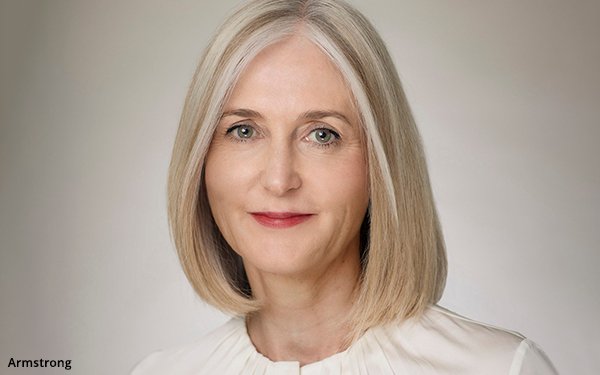
New TV and streaming advertisers? There might not be that
many coming -- especially in EMEA territories (Europe, the Middle East and Africa).
Could the same be true in the U.S?
When asked about the prospect of new TV marketers, Deborah
Armstrong, senior vice president and general manager for media networks and advertising EMEA for Walt Disney, said at a recent industry event that it is “not enough.”
She focused
on issues that have plagued linear/streaming business in this country -- the lack of real third-party measurement, accessing and using first and third-party data, and making TV more akin to digital
media, in terms of return on investment (ROI)
That said, Armstrong did tout that Disney+ has been an overperformer -- “exceeding” expectations in the 12 markets where advertising
inventory is available for the streamer.
advertisement
advertisement
Looking at the more highly scrutinized connected TV (CTV) world, Roku, the big U.S.-based streaming TV distributor, sees a different picture -- at
least in the U.S.
It projects 20,000 new small and medium-sized businesses will enter the marketplace -- almost entirely those with total annual advertising budgets of around $500,000, by one
estimate.
We don’t know how many of those will actually be pulled in also buying linear TV. But guess that legacy TV-network based media companies will push any newcomers to add boosted
visibility on their linear TV platforms -- even as that business continues to be in a slow decline.
The promise comes in giving new smaller, digital-first advertisers a bigger platform -- with
the most reach -- to sell their wares.
Over recent years, virtually all legacy TV-network based media companies have started up and business units/teams to target these potential TV newcomers
over the years.
But not all will believe there is major value here for their marketing efforts. Look at some recent big digital-savvy company success stories. Netflix, for example, spent a
very underwhelming $7.1 million in advertising in touting its content over the past 12 months, according to EDO Ad EnGage.
More glaringly -- in the automotive category -- the popular EV
(electric vehicle) marketer, Tesla has spent zero in TV advertising.
“Too much money is not coming to TV and it’s going elsewhere” adding that “the pie is
flat.”
Believe other non-TV media platform exposures-- earning media, paid or otherwise -- will continue to do well for some brands. That piece of the pie won’t be coming
back anytime soon.